It turns out that the fierce, dominant image of breaststroke is a misconception—here are three typical, stylish mistakes beginners often make.
•4 min read
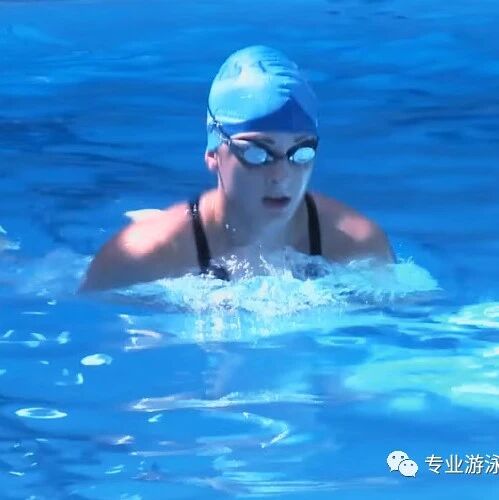
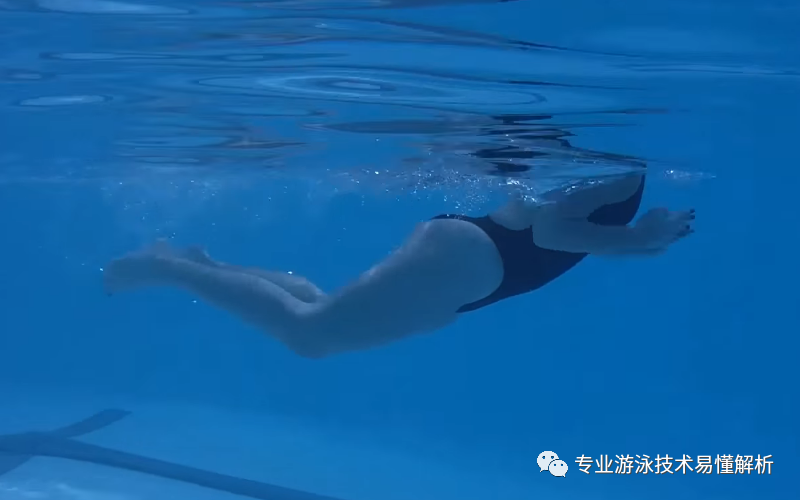
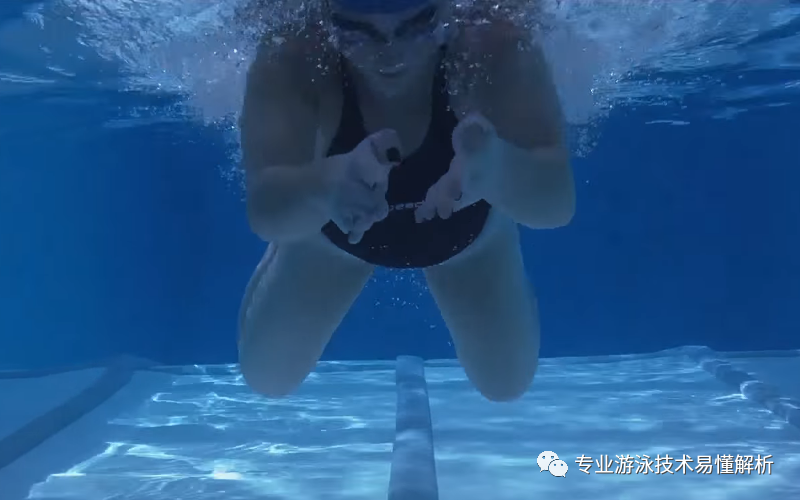
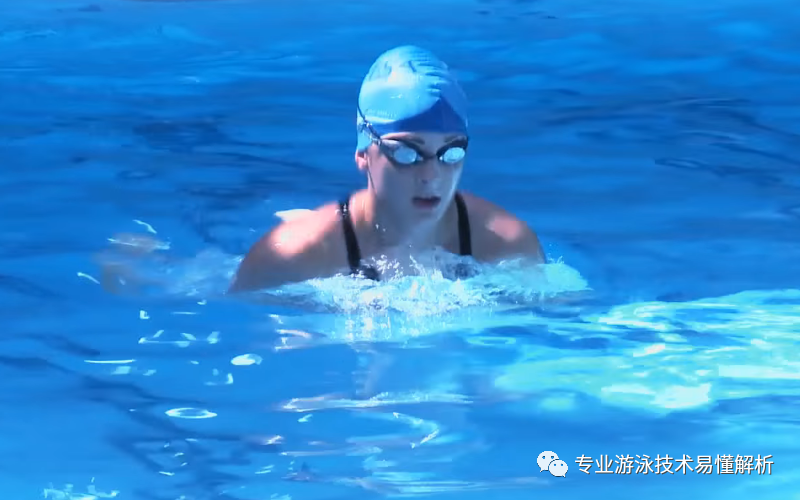
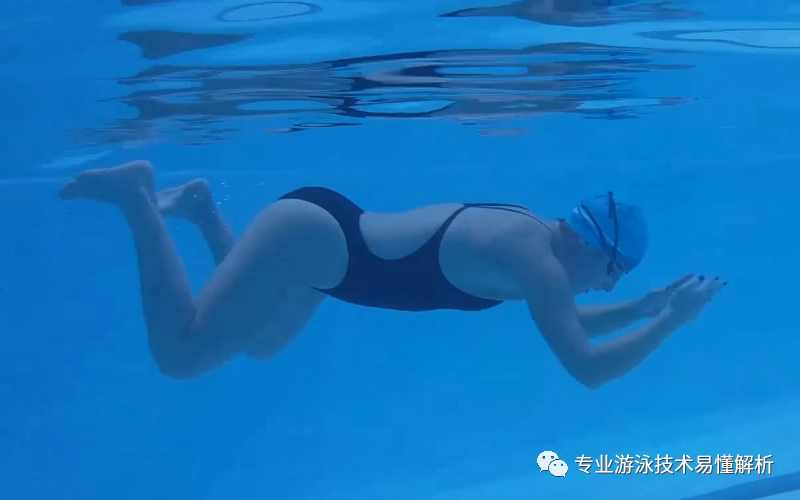
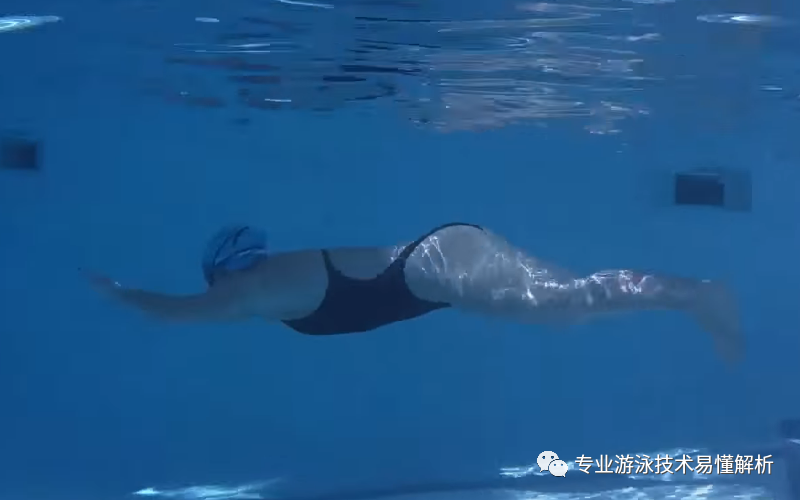
Related Articles
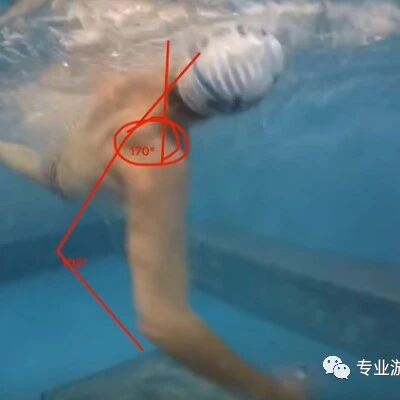
Swimming
Who has the stronger propulsion in freestyle—shoulder-driven or hip-driven? Don’t forget to maintain your core stability during either technique.
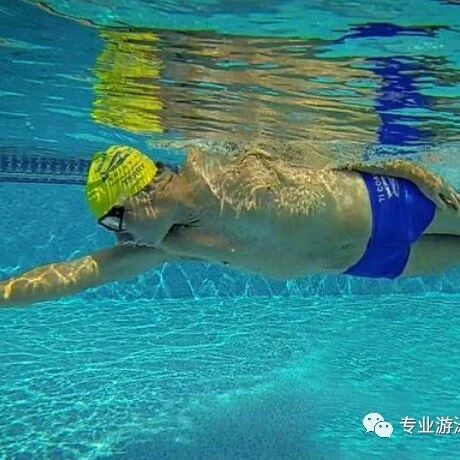
Swimming
Detailed analysis of the full-immersion swimming concept, helping you truly master the techniques and principles of this unique swimming style.
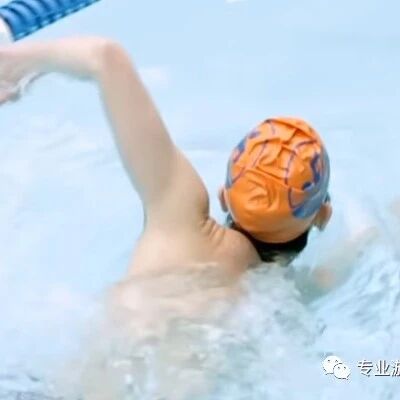
Swimming